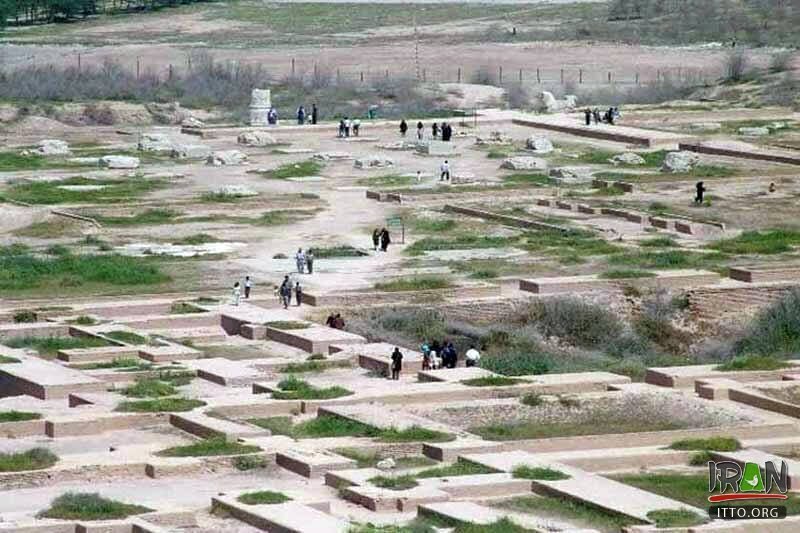The Majestic Beauty of Gothic Architecture
Gothic architecture, with its soaring spires, intricate details, and grandeur, has captured the imagination of people for centuries. From the majestic Notre-Dame Cathedral in Paris to the awe-inspiring Westminster Abbey in London, these architectural marvels continue to captivate us with their timeless beauty. In this article, we will delve into the world of Gothic architecture, exploring its characteristics, evolution, and key elements that make these cathedrals truly breathtaking.

Gothic Architecture
Gothic architecture originated in France in the 12th century and soon spread throughout Europe, lasting until the 16th century. It emerged as a response to the Romanesque style, emphasizing verticality, light, and symbolism. Gothic buildings were primarily cathedrals, serving as religious centers and testaments to the power of the Church.
Characteristics of Gothic Architecture
Gothic architecture is known for its distinctive features that set it apart from other architectural styles. The most prominent characteristic is the pointed arch, which replaced the rounded arch of the Romanesque era. Other key features include ribbed vaults, flying buttresses, spiky pinnacles, and elaborate ornamentation. These elements work together to create an ethereal and soaring effect, making Gothic architecture instantly recognizable.
Evolution of Gothic Architecture
Gothic architecture evolved over the centuries, as architects pushed the boundaries of design and engineering. The Early Gothic period saw the introduction of slender columns and larger windows, allowing for more natural light. The High Gothic period brought about the use of pointed arches and intricate tracery, while the Late Gothic period emphasized extravagant decorations and flamboyant details.
Key Elements of Gothic Cathedrals
Gothic cathedrals are renowned for their size and complexity. They typically consist of a nave, transepts, choir, and ambulatory, with each section serving a specific purpose. The use of stained glass windows, rose windows, ribbed vaults, and spiky pinnacles all contribute to the overall magnificence of these structures.
Flying Buttresses: A Structural Marvel
One of the most remarkable aspects of Gothic architecture is the flying buttress. These external supports, often adorned with intricate carvings, transfer the weight of the walls and roof to the ground, allowing for taller and thinner walls. Flying buttresses not only serve a practical purpose but also add a sense of elegance and grace to the overall design.
Stained Glass Windows: A Kaleidoscope of Colors
Stained glass windows are an iconic feature of Gothic architecture. The vividly colored glass, often depicting biblical scenes or saints, allows natural light to filter through, creating a breathtaking display of colors inside the cathedral. These windows were not only decorative but also served as a means of educating illiterate worshippers about religious stories and teachings.
Rose Windows: Symbolism and Intricate Design
Rose windows, named after their distinctive shape, are circular windows with intricate stone tracery radiating from the center. These windows are often adorned with detailed sculptures and delicate glasswork. Symbolizing the divine and the universe, rose windows serve as the focal point of many Gothic cathedrals, captivating visitors with their awe-inspiring beauty.
Ribbed Vaults: Strength and Elegance Combined
Ribbed vaults, another hallmark of Gothic architecture, provide structural support while adding an element of elegance. These vaults consist of a series of intersecting arches and ribs, distributing the weight of the roof evenly. Ribbed vaults allowed for larger windows, creating a sense of openness and spaciousness within the cathedral.
Spiky Pinnacles: Reaching for the Heavens
The pinnacles that adorn Gothic cathedrals are not just decorative features but also serve a practical purpose. These spiky structures, often towering above the roofline, help to visually balance the height of the building. Pinnacles also act as lightning rods, protecting the cathedral from damage during storms, while their intricate carvings add to the overall aesthetic appeal.
Gargoyles: Guardians of the Gothic Cathedrals
Gargoyles, those fantastical creatures perched on the roofs of Gothic cathedrals, have become synonymous with the style. These grotesque sculptures not only add a touch of mystery and mythology but also serve a practical purpose. Gargoyles act as waterspouts, redirecting rainwater away from the roof and preventing damage to the building’s structure.
Famous Gothic Cathedrals around the World
Gothic architecture has left an indelible mark on the world, with numerous famous cathedrals showcasing its splendor. The Notre-Dame Cathedral in Paris, the Chartres Cathedral in France, and the Cologne Cathedral in Germany are just a few examples of these architectural masterpieces. Each cathedral has its own unique features, testifying to the diversity and creativity of Gothic architecture.
Appreciating the Timeless Beauty of Gothic Architecture
Gothic architecture continues to inspire awe and admiration, reminding us of the immense skill and craftsmanship of those who built these magnificent structures. Whether it’s the soaring spires, intricate stained glass, or the symbolic rose windows, each element contributes to the overall majesty of Gothic cathedrals. As we marvel at their beauty, we are transported to a different time, appreciating the legacy left behind by these architectural wonders.


